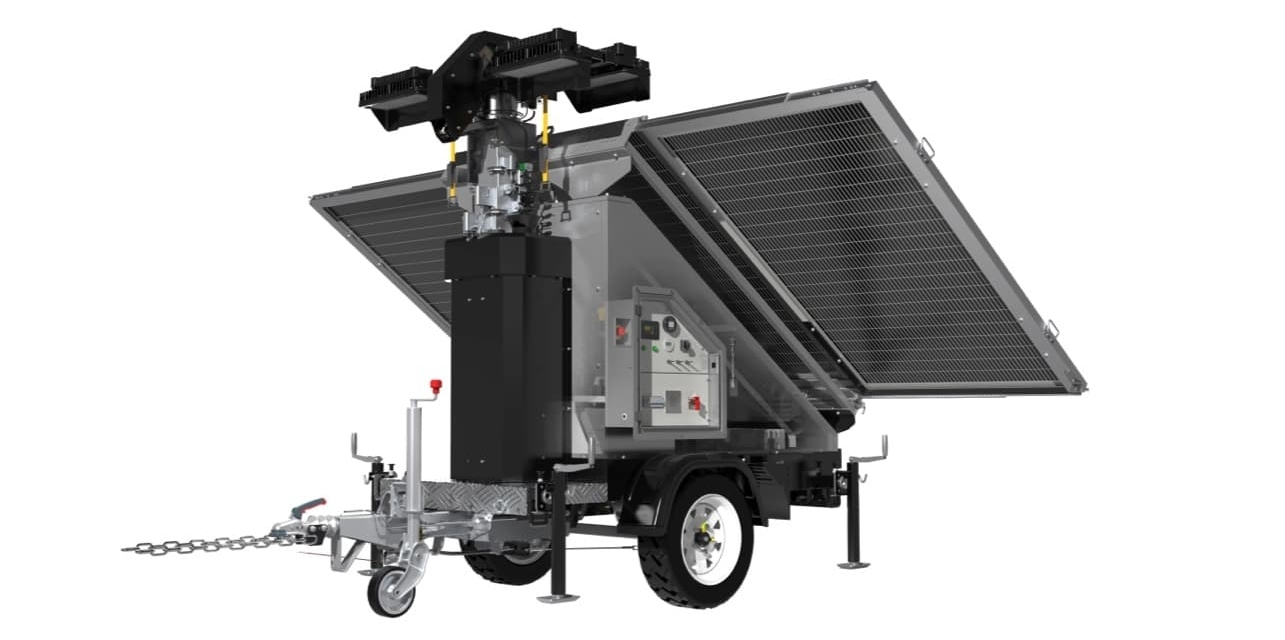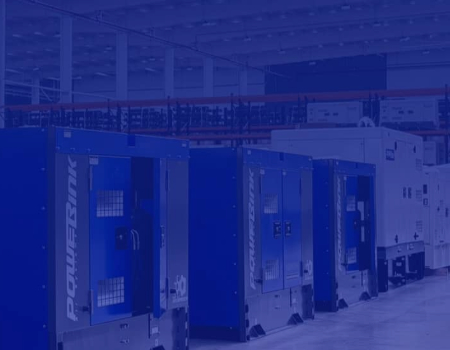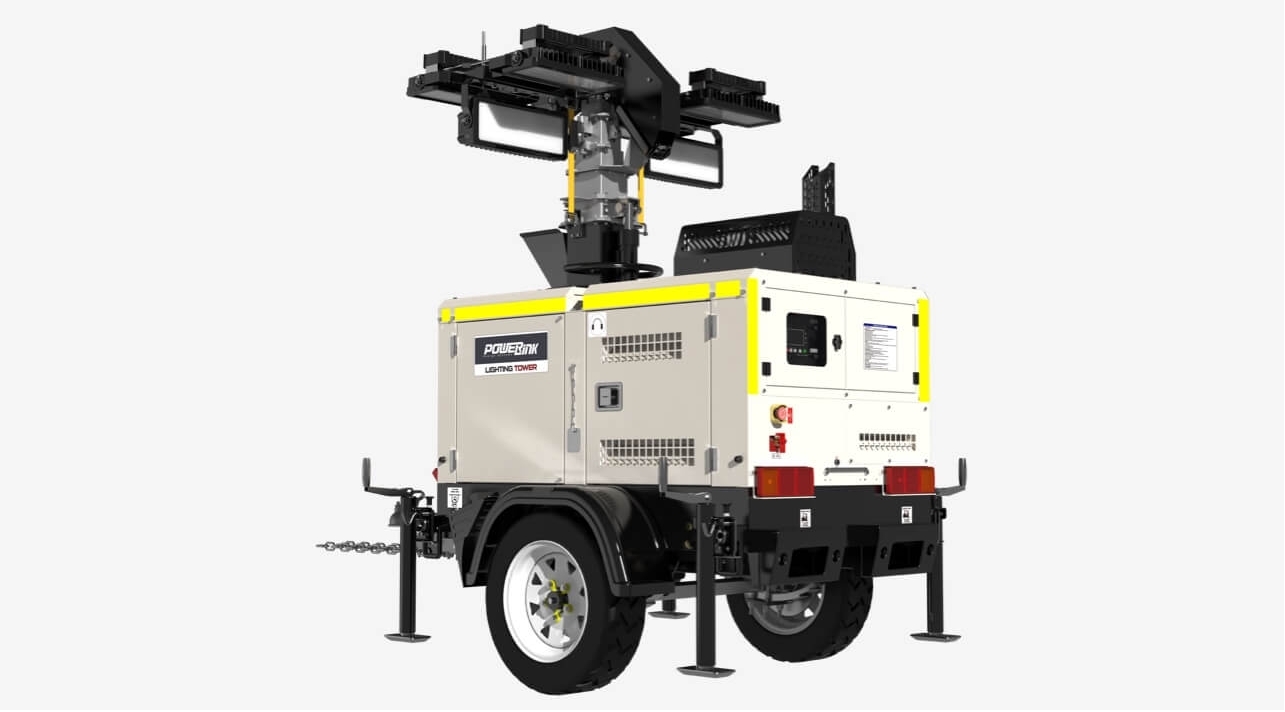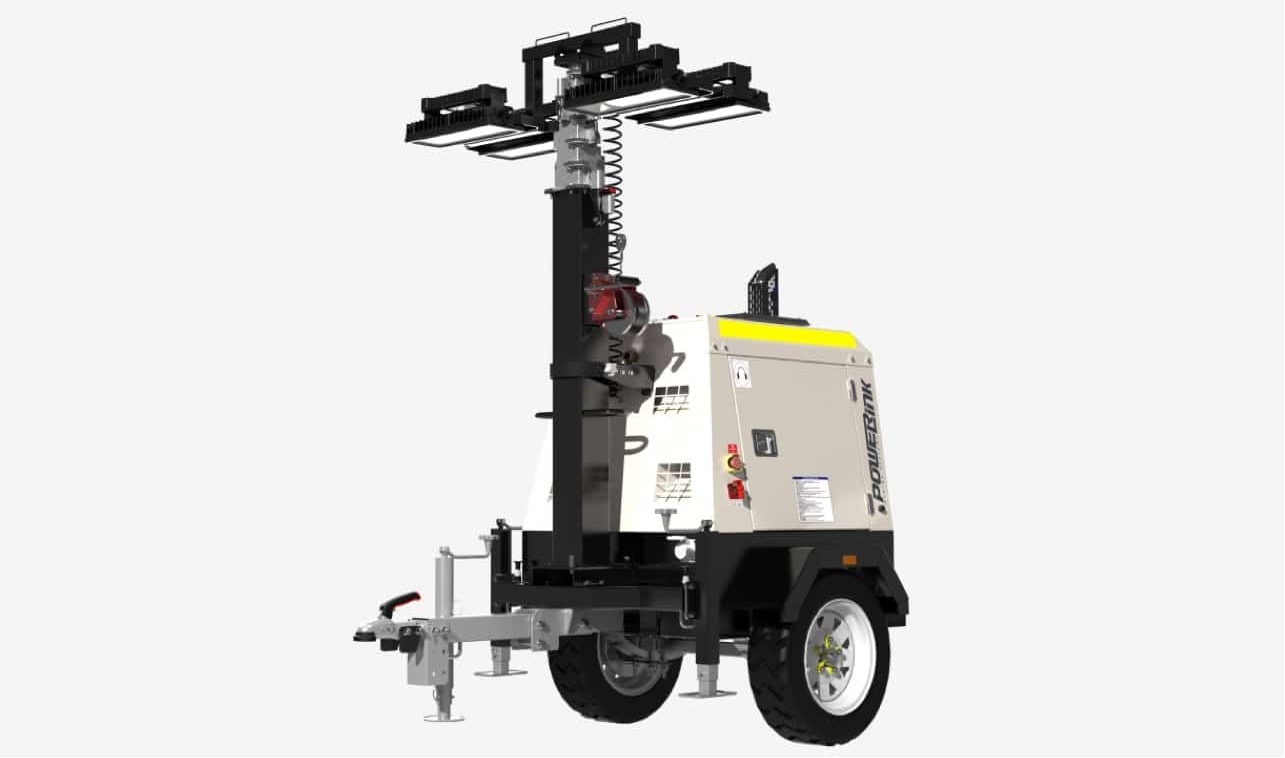Reliable, efficient light towers with integrated generators have become indispensable across multiple industries. From construction sites and outdoor events to emergency situations, these units provide essential power solutions for remote or off-grid locations where electricity access is crucial.
Light towers with built-in generators have gained significant attention in recent years. While their primary purpose remains illumination, many professionals wonder: Can these units also serve as dependable power sources for other equipment? This article will examine light tower generators in detail, assessing their true capability as a versatile power solution.

What Is a Light Tower?
A light tower, also known as a mobile lighting tower or portable light tower, is a piece of equipment designed to provide powerful illumination over a large area. Typically, light towers are used in outdoor locations or in environments with low natural light, such as construction sites, sports fields, emergency response areas, and large events. Light towers are usually mounted on a trailer and come with multiple high-intensity lamps, often using LED or halogen bulbs.
One of the main advantages of a light tower is its portability. These towers are often equipped with wheels or trailers, which allows them to be easily transported from one location to another. Additionally, most light towers are powered by a generator, ensuring they can operate in remote locations without access to the electrical grid.
Components of a Light Tower with Generator
A light tower with a generator is made up of several key components that work together to ensure both lighting and power generation.
These components include:



